“Opt for baby steps when converting to new zinc source”
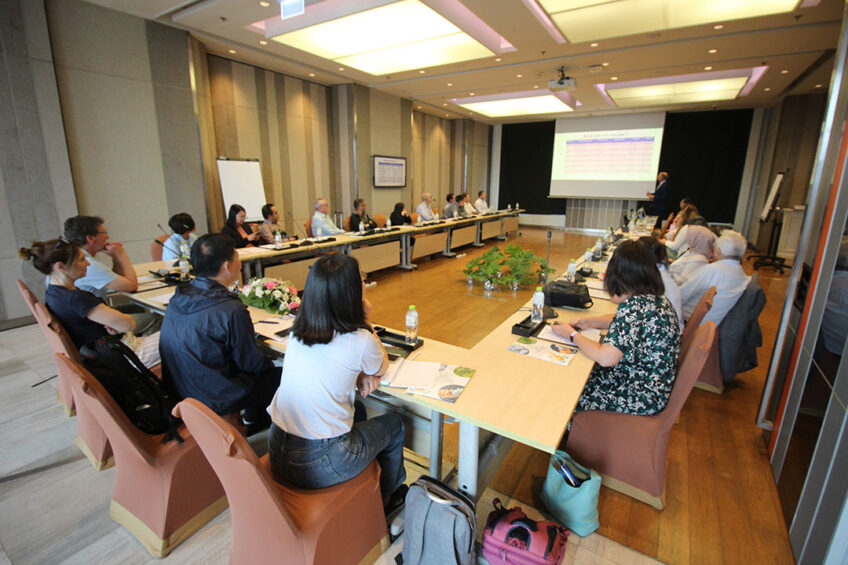
Partial supplementation of a zinc source in pig nutrition could be a first step when embarking on a route towards total removal of zinc oxide from weaner feeds.
That was the message for a selection of international distributors, consultants and media gathered together in Bangkok, Thailand, ahead of the international trade show VIV Asia. Precision mineral supplier Animine organised the event.
The proposed road of partial supplementation would be free from risk, as it would allow customers to get accustomed to a different method of working. This is ideal for those considering a transition without legislative pressure.
 Axel Minetto, product manager at Animine, shared this message. He talked about the results related to the company’s potentiated zinc product HiZox. This can be used at substantially lower inclusion rates than conventional zinc oxide.
Axel Minetto, product manager at Animine, shared this message. He talked about the results related to the company’s potentiated zinc product HiZox. This can be used at substantially lower inclusion rates than conventional zinc oxide.
Partial replacement of zinc oxide, trial in US
Minetto first explained about a comparative trial, involving 1,296 piglets, carried out at the Nutriquest Nursery Research Center in Minnesota, USA. Some groups received weaner feed with zinc oxide, while others received potentiated zinc only at the second phase of piglet feed. To be able to estimate exact rations of the potentiated zinc product, the ZincoSupp application can be used. This is an app available through Animine.
Results proved to be favourable (for instance FCR 1.62 vs 1.67 in the ZnO group. Body weight after phase 4 was 140g higher in the potentiated zinc group). Minetto: “Do not stop the approach at the price and inclusion cost. Instead, calculate the margin over feed cost before making any conclusions.”
Total replacement of zinc oxide, trial in Ireland
Total replacement of zinc oxide by potentiated zinc had also been under scrutiny at a trial farm of Kiernan Milling in Ireland, in a trial involving 1,170 piglets. Again, some received zinc oxide whereas others got diets including the potentiated zinc product. This resulted in 110 mg Zn/kg. The conclusion was that the potentiated zinc numerically improves FCR compared to pharmacological zinc oxide. In addition, the potentiated zinc does not induce higher mortality figures, he said.
In his presentation, Minetto also discussed the various physiochemical properties of zinc sources and how that works through in bioavailability. He also addressed trials with the company’s copper product, CoRouge. These were carried out with Rivalea in Australia and with the BARC in Thailand.
 Dr Megan Edwards on nutrition in Asia
Dr Megan Edwards on nutrition in Asia
The message of opting for partial replacement resounded in the presentation of external pig nutrition consultant Dr Megan Edwards. She has much experience all over Asia. She spoke about her experiences with potentiated zinc and pointed to the fact that the raw material prices make zinc oxide rather expensive. “Go wild and get creative,” she told the audience, while suggesting that farms do not have to go “cold turkey” when embarking on a route to get rid of zinc oxide. “Having worked with HiZox in piglets, I have every confidence the potentiation process brings the benefits. This makes it easier to consider.” Dr Edwards also touched on the use of copper and manganese in piglet diets.
Other speakers at the event included Dr Stéphane Durosoy, CEO of Animine; Jennifer Maurin, sales and marketing director; and Yohann Laurent, the company’s APAC sales manager.
 Beheer
Beheer

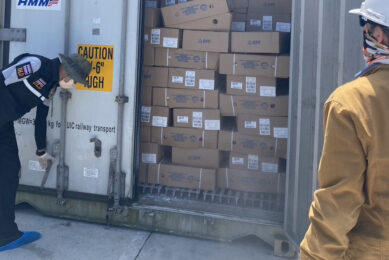
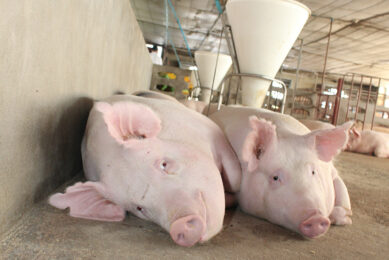
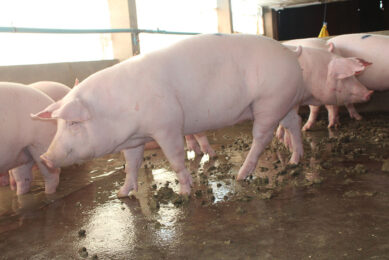
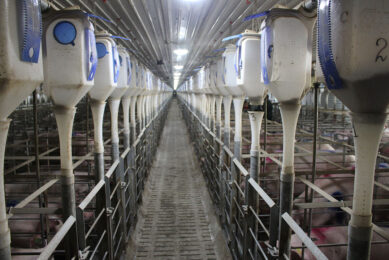



 WP Admin
WP Admin  Bewerk bericht
Bewerk bericht